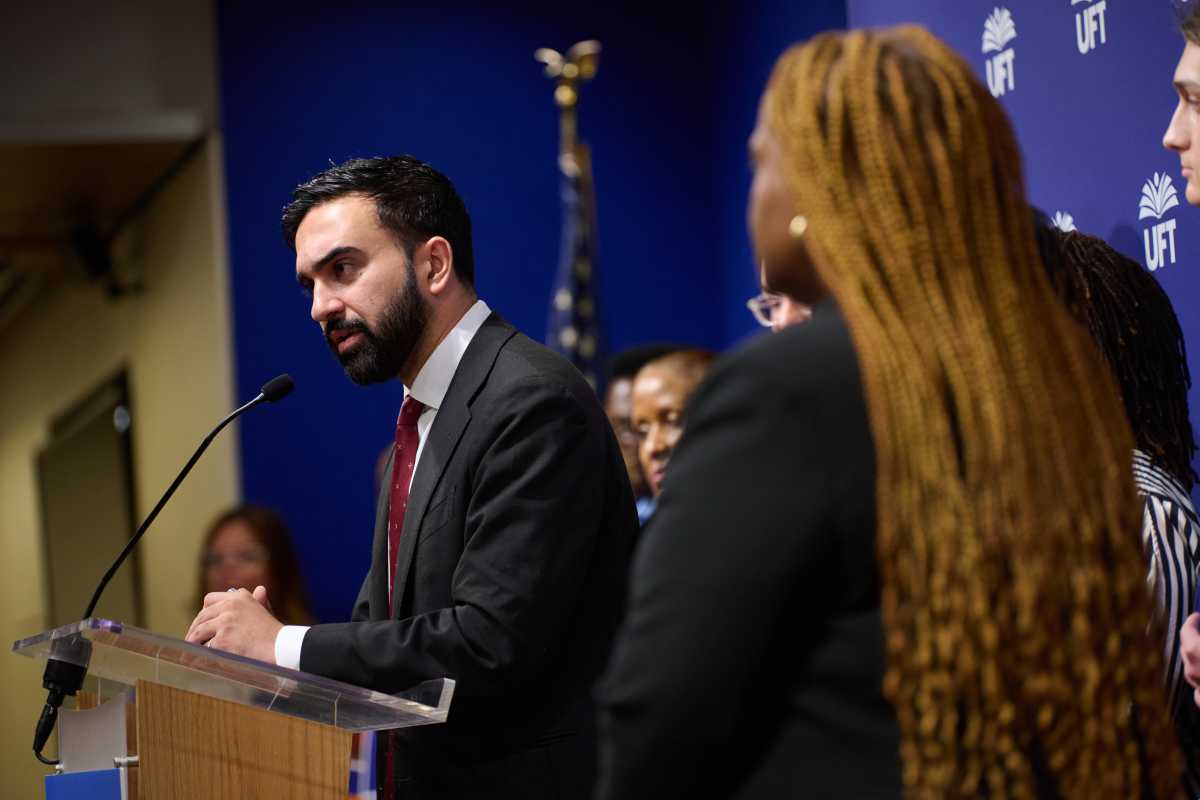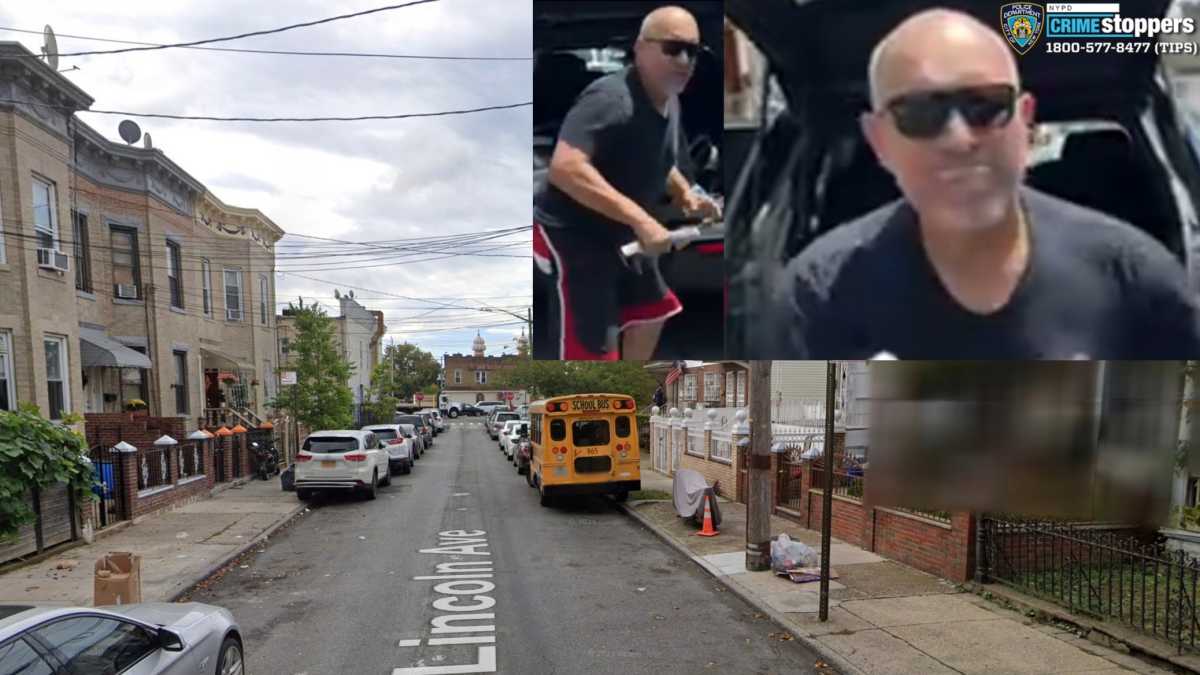Coney Island won’t find itself up the creek in the next hurricane, if hizzoner has his way.
Mayor Bloomberg wants to cordon off the toxic Coney Island Creek and converting it into a giant swamp in hopes of protecting the former island — and Brooklyn’s other Southern Brooklyn waterfront properties — from the next Hurricane Sandy.
The mayor’s touted Resiliency Plan — a design for protecting New York City from the next flood — blames much of the flooding in Coney and Gravesend on the overflowing of the creek — which rises and falls with the ocean tide. To contain a future storm surge, the plan calls for the construction of high, sloping rocky walls along the waterway. The mayor’s designs would also create a gated dam across the mouth of the inlet at Gravesend Bay. The sluices on the levee would close at low tide just before a storm strikes. This would keep a destructive wall of water out, and create a basin for the inundated neighborhood to drain into. The Mayor’s office said it has the money to start this part of the project, and expects work to begin before the year’s end.
“That would happen immediately, because we know we have the funding,” said spokeswoman Lauren Passalacqua.
The most radical aspect of Bloomberg’s proposal is to transform the long-neglected waterway — laced with 60 years of pollution from the defunct Brooklyn Borough Gas Works on its shore, and cluttered with the hulks of abandoned boats — into a lush green marsh. The Mayor’s office argued that a thickly-vegetated wetland would both sponge up floodwaters and prevent erosion of the creek’s banks. It called for the well-financed Army Corps of Engineers to begin work as soon as possible.
“We know the Army Corps has the money to do this, and instead of having them looking at the creek and saying ‘Oh, what should we do?” we said, ‘Here, we did the hard work, let’s do this’,” said Passalacqua.
The Army Corps of Engineers said that it would still have to conduct its own studies, especially since the creation of a wetland may call for dredging the poisoned creek and transplanting new silt and vegetation. However, it could use the Mayor’s research to expedite the process.
“We wouldn’t just say, ‘They want this, so we’ll do this.’ We would still need to do our own analysis,” said Chris Gardner, spokesman for the Army Corps of Engineers.
The administration and the agency will have to reach a consensus soon, since the city won’t start building the dam and stone walls without knowing the swamp is coming, according to Passalacqua.
“We’re not going to just put a lot of rocks in the middle of the creek,” the spokeswoman said.
Reach reporter Will Bredderman at wbredderman@cnglocal.com or by calling (718) 260-4507. Follow him attwitter.com/WillBredderman.
























